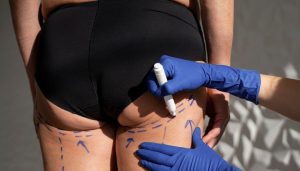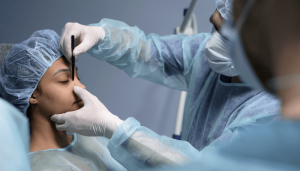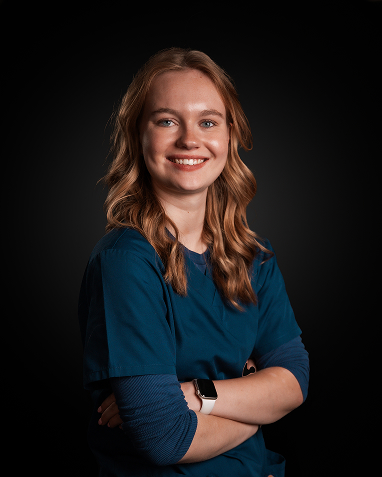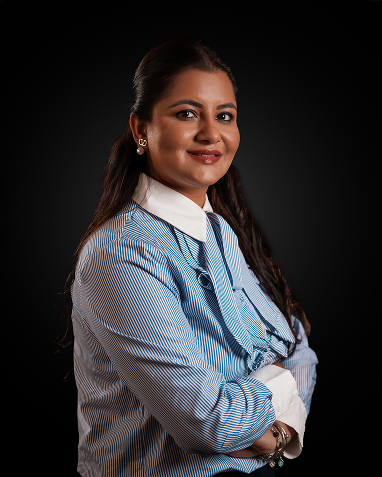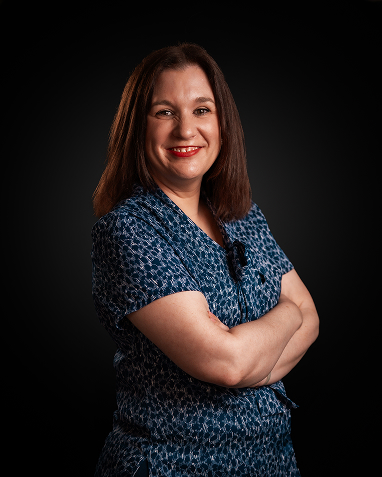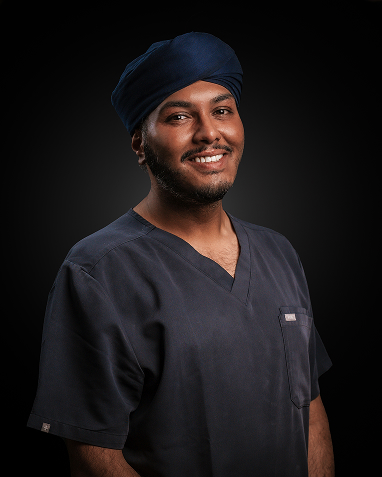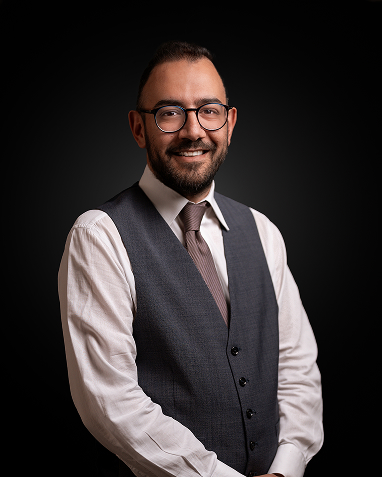Noticing a bulge sitting just above your pubic bone?
FUPA refers to the Fat Upper Pubic Area. It’s a common concern for both men and women, and while it isn’t dangerous, it can affect how clothes fit and how confident you feel.
If you want to know the ins and outs of FUPA, this blog is for you.
Let’s explore what it actually means, its causes, how to get rid of it and prevent it for a seamless contour.
What is a FUPA?
FUPA stands for “Fat Upper Pubic Area.” It’s the extra fat that sits just above the pubic bone, at the lower part of your tummy. Doctors sometimes call this fat the panniculus. It’s not the same as general belly fat. Belly fat can spread across the whole stomach, while a FUPA sits lower, in a smaller pocket just above the pubic bone.
Many people also confuse a FUPA with a hernia or with simple bloating. Here’s the difference:
- FUPA is soft fat under the skin. It stays the same no matter if you are resting or straining.
- A hernia happens when tissue pushes through a weak muscle wall. The bulge often gets bigger when you cough or lift something heavy, and it may cause pain.
- Bloating is caused by gas or water in your stomach. The swelling changes during the day and often feels tight or uncomfortable, not soft.
What Causes a Big FUPA?
A FUPA doesn’t appear overnight. It can develop for different reasons, some natural and some linked to lifestyle.
Family Traits & Body Shape
Your genes play a big part in how your body stores fat. If relatives also carry more weight around the pubic area, you may notice the same. Even people with a healthy weight can still have a small FUPA just because of genetics.
Rapid weight gain can add fat to the lower belly and pubic area. On the other hand, losing weight too quickly may leave extra skin behind. That loose skin can fold or sag, making the FUPA more visible even if fat is gone.
Pregnancy & After-Birth Effects

During pregnancy, the skin and muscles of the lower abdomen stretch significantly to accommodate the growing baby. After birth, some of that stretched skin and fat can remain. For many women, this is one of the main reasons a FUPA or apron belly appears.
As we age, metabolism slows down, so the body burns fewer calories at rest. Hormones also change, especially around menopause, which can push fat to store more in the tummy and pubic region.
Impact of Surgery on Lower Tummy
Operations like C-sections or other abdominal surgeries can change how fat and skin sit in that area. Scar tissue, weaker muscles, or stretched skin may all add to the look of a FUPA.
Remember: Each person’s reason is different. For some, it’s mostly fat, for others it’s skin or both. That’s why the right solution often depends on the cause.
Can Men and Women Both Get a FUPA?
Yes. A FUPA can affect anyone, men and women alike. But the reasons can look a little different.
Pregnancy and childbirth are big factors. The belly stretches to make room for the baby, and after birth, some skin and fat can stay around the lower tummy and pubic area. Hormone changes over time, like during menopause, can also cause fat storage in this spot.
Men may notice a FUPA if they gain weight, lose muscle tone with age, or if their testosterone levels drop. These changes can shift fat storage towards the lower belly and pubic area.
Bottom line: FUPA isn’t only a “women’s issue”; it’s a body change that can show up in anyone.
How to Get Rid of FUPA? All Options Explained
‘How to get rid of pubic fat?’ If you’ve got this question, let’s break down all the options, from non-surgical to surgical, and at-home tips.
Non-Surgical Treatments for FUPA
These treatments focus on melting fat, tightening skin, or toning muscles, and usually come with shorter recovery times compared to surgery.
Fat Dissolving Injections

Fat dissolving injections use a special solution (often deoxycholic acid) to break down fat cells, which the body then clears away naturally. They are placed directly into the fatty tissue of the pubic area.
You can notice gradual fat loss over several weeks, with repeat sessions often needed.
They also help in reducing knee fat.
BodyTite is a minimally invasive procedure that uses radiofrequency energy inside the tissue to melt fat and tighten skin at the same time. A small probe is inserted under the skin, so it’s not fully “non-surgical,” but recovery is much easier than traditional surgery.
It is best for FUPA with loose skin, resulting in a tighter and longer-lasting contour.
BodyJet Liposuction uses a gentle stream of water to loosen and remove fat cells. Because it’s less traumatic than traditional liposuction, there is less bruising and a quicker recovery. It can be done under local anaesthetic.
You can see immediate fat reduction, and the final contour is visible in a few weeks.
CoolSculpting treatment focuses on controlled cooling to freeze fat cells in the pubic area. Over the following weeks, the body naturally clears out the frozen cells. Results appear gradually and are permanent as long as you maintain your weight.
It can be best for people with stubborn fat that doesn’t go away with diet and exercise.
EMSculpt uses electromagnetic energy to trigger thousands of strong muscle contractions in a short time. These contractions burn fat and build muscle, giving the pubic and lower tummy area more tone.
It results in firmer lower abs that are visible in 4-6 weeks.
HIFU sends powerful ultrasound waves deep into the tissue, destroying fat cells and stimulating collagen production. It not only reduces fat but also lifts and firms the skin. It is best for individuals with small to medium pockets of fat plus sagging skin.
Surgical Options for Stubborn FUPA
When a FUPA is larger, hangs down, or does not respond to other strategies, surgery may be a solution. The surgical options include:
Monsplasty is the surgery designed specifically for a FUPA. It removes both fat and loose skin from the pubic area, lifting and tightening it. It is ideal for people with extra fat and sagging skin.
You may need 1-2 weeks off work after the surgery; however, the results last long.
This procedure uses a thin tube to suction out fat from the pubic mound. It does not remove skin, so it works best when skin elasticity is still good.
People with firm skin and mainly fat bulges are the ideal candidates. Mild swelling and bruising may occur in the treatment area for 1-2 weeks. It results in immediate fat reduction.
Tummy Tuck (Abdominoplasty)
A tummy tuck removes extra fat and skin from the whole lower abdomen. It also tightens weak or stretched abdominal muscles. Many surgeons include the pubic area in the procedure to achieve natural-looking results.
People with FUPA plus belly overhang or muscle separation are the ideal candidates. The procedure results in a stronger core, flatter tummy, and improved pubic contour.
Best Exercises for FUPA Reduction
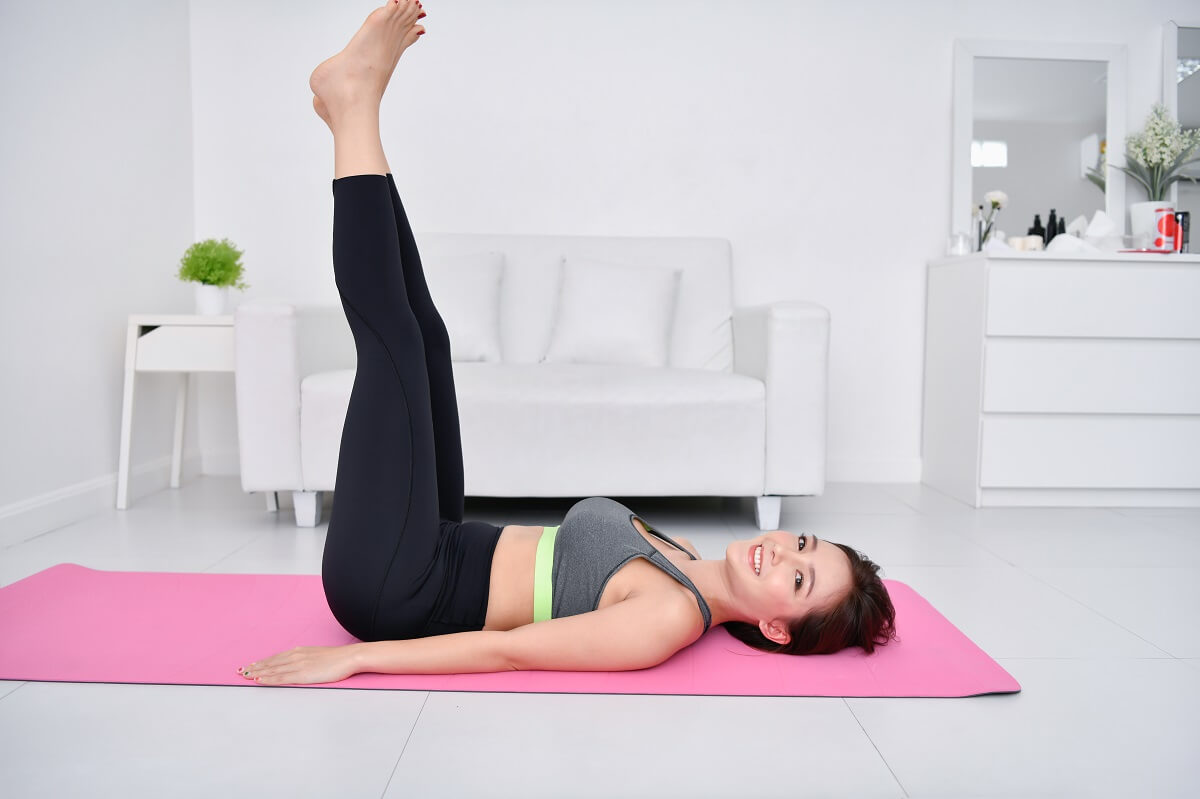
Exercise alone cannot spot-reduce fat from the pubic area, but a combination of core training and cardio can help lower overall body fat and tone the lower abdomen. With time and consistency, this makes a FUPA less noticeable.
Core Strengthening Moves
These exercises tighten the lower abs and muscles that support the pubic area.
- Planks: Hold your body straight on your forearms and toes. Start with 20–30 seconds and build up to a minute.
- Leg Raises: Lie on your back, lift your legs slowly, then lower them without touching the floor. Strengthens the lower abs.
- Pelvic Tilts: Lie on your back, bend your knees, and gently tilt your pelvis upward. Good for beginners and post-pregnancy recovery.
- Pilates “Hundred”: Lie on your back, lift your legs and pump your arms up and down while breathing deeply for a count of 100. Builds core stamina.
Cardio for Fat Loss
When you do cardio, your body burns more calories and help reduce overall body fat, including stubborn fat around the pubic area.
- Walking or Jogging: Simple, low-cost, and effective. Aim for at least 30 minutes a day.
- Cycling: Great for fat burning and also tones your lower body.
- HIIT (High-Intensity Interval Training): Short bursts of fast exercise (like sprinting or burpees) mixed with rest. Burns more calories in less time.
- Swimming: A full-body workout that tones the core while being gentle on the joints.
When you get a healthy diet, good sleep, and control stress , exercise do wonders. Together, these habits support long-term fat loss and help shrink a FUPA naturally.
At-Home Tips to Reduce a FUPA
You cannot spot-reduce fat, but you can reduce overall body fat. This often helps shrink the pubic area too.
Natural steps include:
You are what you eat. Choose whole foods like fruit, veg, lean protein, and whole grains. Avoid too much sugar, fried food, and processed snacks. Eating in a calorie deficit helps the body burn fat everywhere, including the pubic area.
Cardio, such as walking, running, cycling, or swimming, helps burn fat. Try 30 minutes a day, most days of the week. Do not miss core workouts like planks, leg raises, and pelvic tilts. They tone the lower tummy and makes the area look flatter.
Good sleep (7–9 hours) and lower stress levels support fat loss. High stress raises the hormone cortisol, which makes fat collect around the belly.
Staying hydrated helps reduce bloating and supports fat burning. Aim for 6–8 glasses daily.
Natural steps work best for small to medium FUPAs. Larger ones may need extra medical help.
How To Prevent FUPA?
While you can’t always control things like genetics or ageing, there are steps you can take to lower the risk of developing a FUPA.
Maintain a Healthy Weight
Avoid big weight swings. Slow, steady weight management helps stop extra fat from collecting in the lower tummy.
Regular exercise keeps fat levels lower and muscles stronger. A mix of cardio (walking, running, cycling) and core workouts (planks, leg raises, pelvic tilts) helps keep the area toned.
Support Skin & Muscle Health
Strong core muscles and good skin elasticity reduce the chance of sagging in the pubic area. Pilates, yoga, and strength training all help.
Care After Pregnancy or Surgery
After pregnancy or abdominal surgery, gentle exercise, healthy eating, and scar care can reduce the chance of a FUPA forming.
- Sleep 7–9 hours a night.
- Manage stress (as high stress can push fat to the belly area).
- Drink enough water daily.
Prevention isn’t always perfect, but these habits lower the risk and also make it easier to reduce a FUPA if it develops later.
Which FUPA Treatment is Right for You?
The best treatment depends on your body, your goals, and how much FUPA you have.
- If your FUPA is small, lifestyle changes like diet, cardio, and core exercises may help.
- If it’s moderate and you want faster results, non-surgical options (CoolSculpting, fat-dissolving injections, radiofrequency, etc.) may be right.
- If your FUPA is large or has loose skin, surgery like monsplasty or liposuction usually works best.
The safest way: See a qualified specialist. They can check your body, skin, and goals, then guide you to the right option.
When Should You Talk to a Specialist?
You should book an appointment if your FUPA:
- Is large or bothers you daily.
- Makes you feel embarrassed or less confident.
- Have loose skin after weight loss or pregnancy.
- Doesn’t improve after lifestyle changes or at-home remedies.
- Makes you confused between a hernia, bloating, or fat.
A specialist can examine you and explain whether diet, non-surgical, or surgical treatments will give you the best results.
Final Remarks
A FUPA is more common than most people think, and it can happen to anyone, no matter your body type. While healthy habits and exercise can help in many cases, sometimes the extra fat or skin doesn’t fully go away on its own. That’s when non-surgical treatments or surgery may be the better choice.
If you want a minimally invasive treatment with quick results, book a consultation at Yorkshire Skin Centre in Leeds.
You don’t have to live with being underconfident, because safe, effective solutions are available to help you look and feel your best.
FAQs
1. What does a FUPA belly look like?
It looks like a soft bulge of fat just above the pubic bone, at the lower part of the tummy.
2. Can FUPA go away?
Yes, it can get smaller with weight loss, exercise, or treatments. Sometimes, surgery is needed if the skin is loose.
3. What is the difference between a FUPA and belly fat?
A FUPA sits low, just above the pubic bone. Belly fat spreads across the whole stomach area.
4. How do I get rid of my FUPA naturally?
Eat whole foods like fruit, veg, lean meat, and whole grains. Exercise often with cardio (walking, running, cycling) and core moves (planks, leg raises, pelvic tilts). Moreover, sleep well, stay hydrated, and destress yourself.




